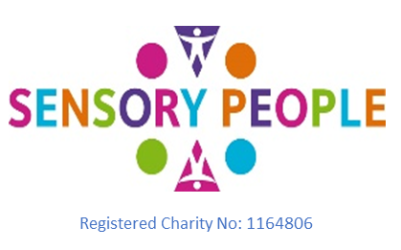a. Rethinking autism: implications of sensory and movement differences for understanding and support: Frontiers in Integrative Neuroscience Journal, 2013; Donnellan, Hill &Leary:
For decades autism has been defined as a triad of deficits in social interaction, communication, and imaginative play. Though there is now broad acknowledgment of the neurological basis of autism, there is little attention paid to the contribution of such neurological differences to a person’s development and functioning. Communication, relationship, and participation require neurological systems to coordinate and synchronize the organization and regulation of sensory information and movement. Developmental differences in these abilities are likely to result in differences in the way a person behaves and expresses intention and meaning.
This paper shares the authors’ emerging awareness that people may struggle with difficulties that are not immediately evident to an outsider. It explores the symptoms of sensory and movement differences and the possible implications for autistic people. It provides a review of the history and literature that describes the neurological basis for many of the so called behavioural differences that people experience. The paper emphasizes the importance of our acknowledgment that a social interpretation of differences in behaviour, relationship, and communication can lead us far away from the lived experience of individuals with the autism label and those who support them. The authors suggest alternative ways to address the challenges faced by people with autism.
https://www.frontiersin.org/articles/10.3389/fnint.2012.00124/full
b. Origins of autism: Abnormalities in sensory processing at six months; Science Daily, 2017
The origins of autism remain mysterious. What areas of the brain are involved, and when do the first signs appear? New findings published in Biological Psychiatry brings us closer to understanding the pathology of autism, and the point at which it begins to take shape in the human brain. Such knowledge will allow earlier interventions in the future and better outcomes for autistic children:
https://www.sciencedaily.com/releases/2017/08/170829113830.htm
c. Evidence Based Practices for Children, Youth, and Young Adults with Autism: Third Generation Review
This systematic review describes a set of practices that have evidence of positive effects with autistic children and youth. This is the third iteration of a review of the intervention literature
https://link.springer.com/content/pdf/10.1007/s10803-020-04844-2.pdf
